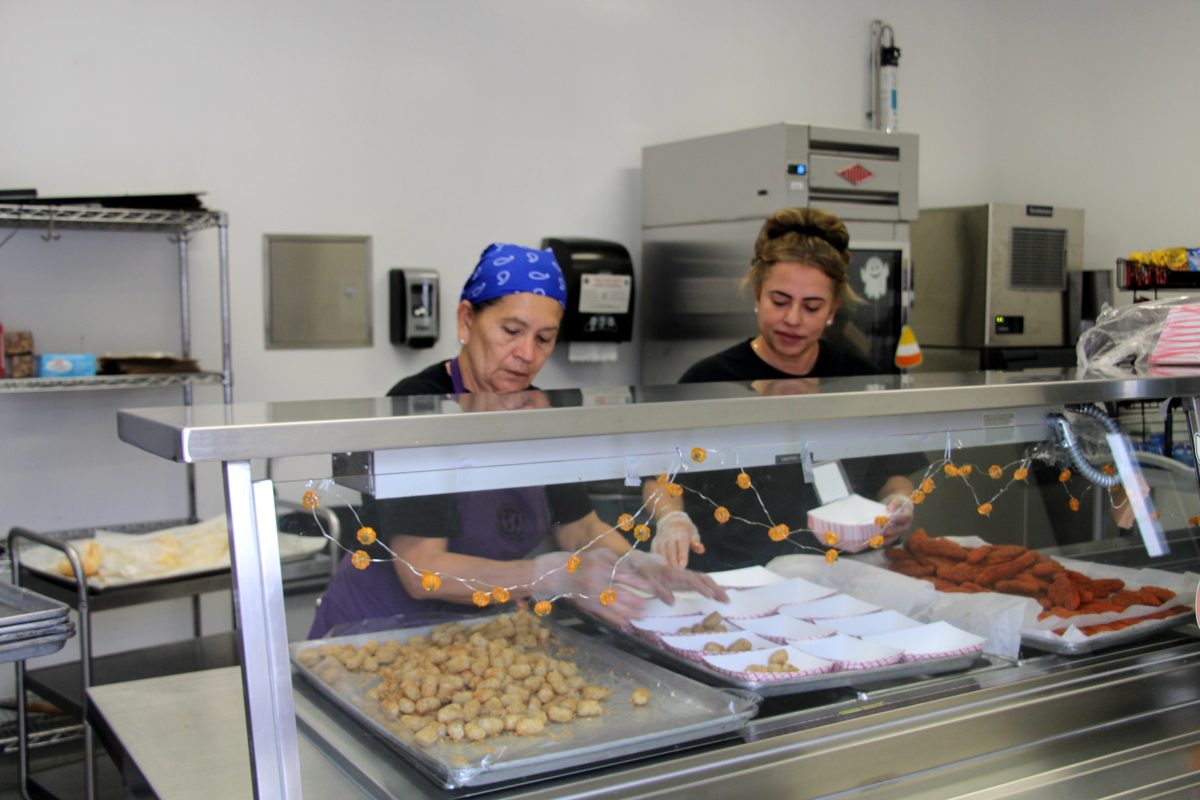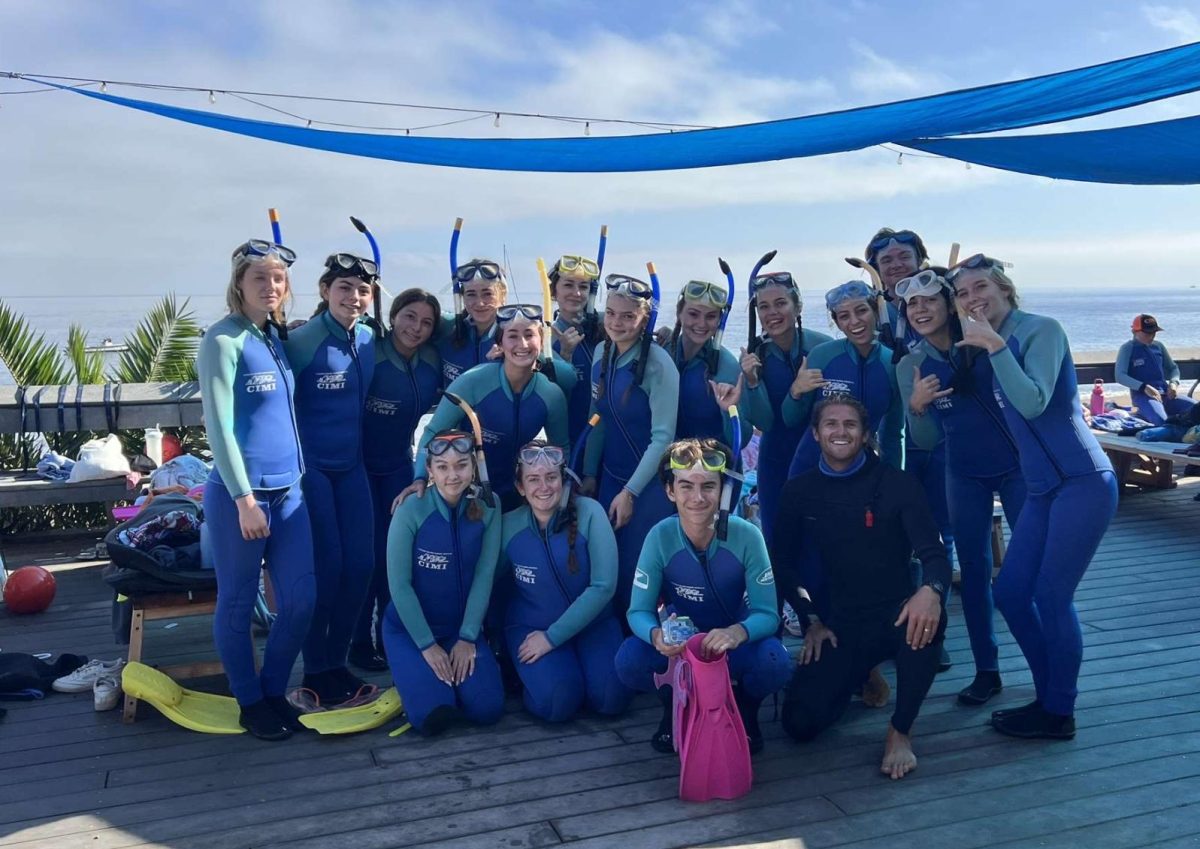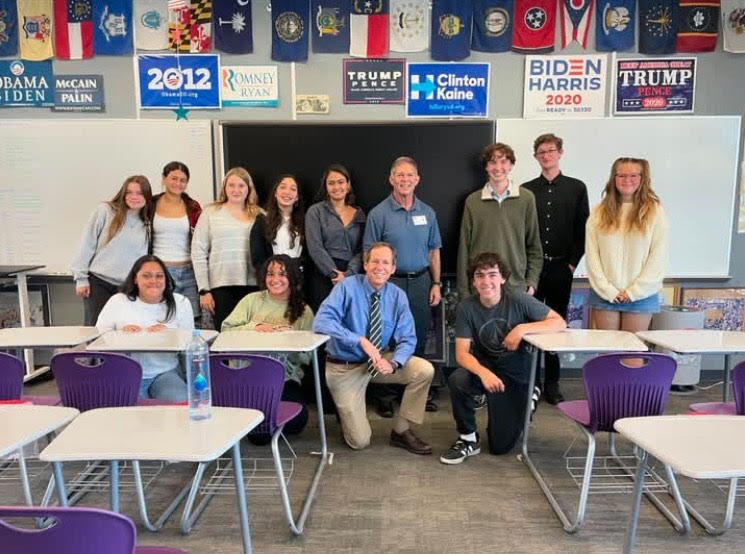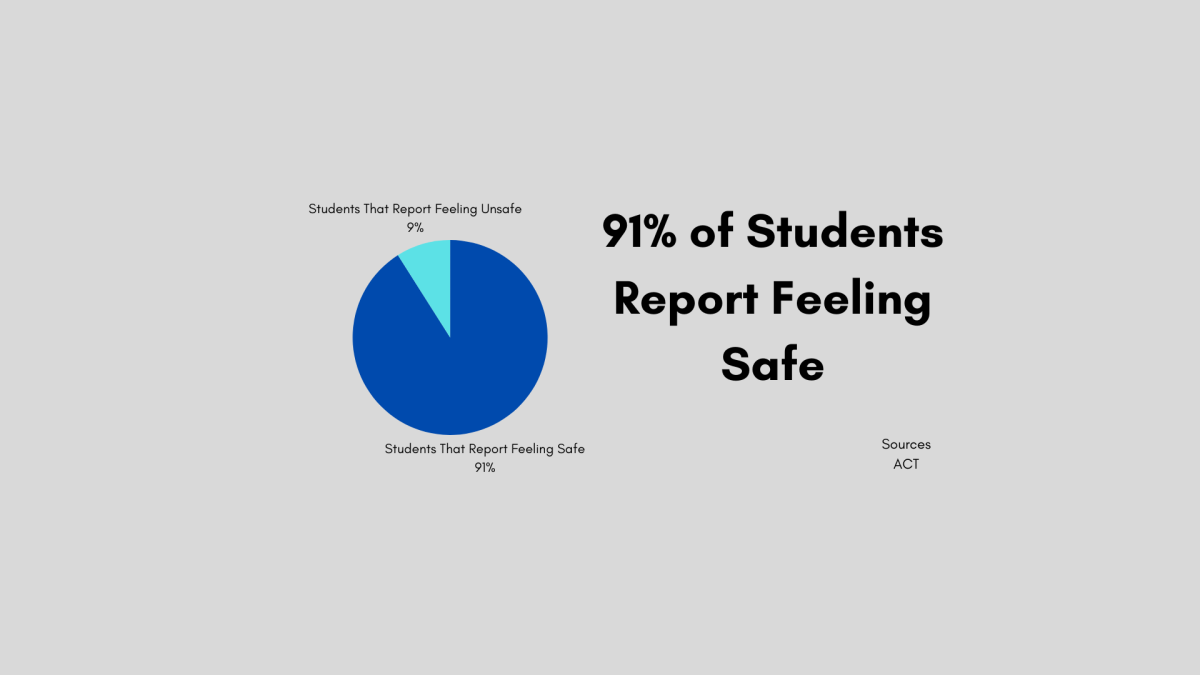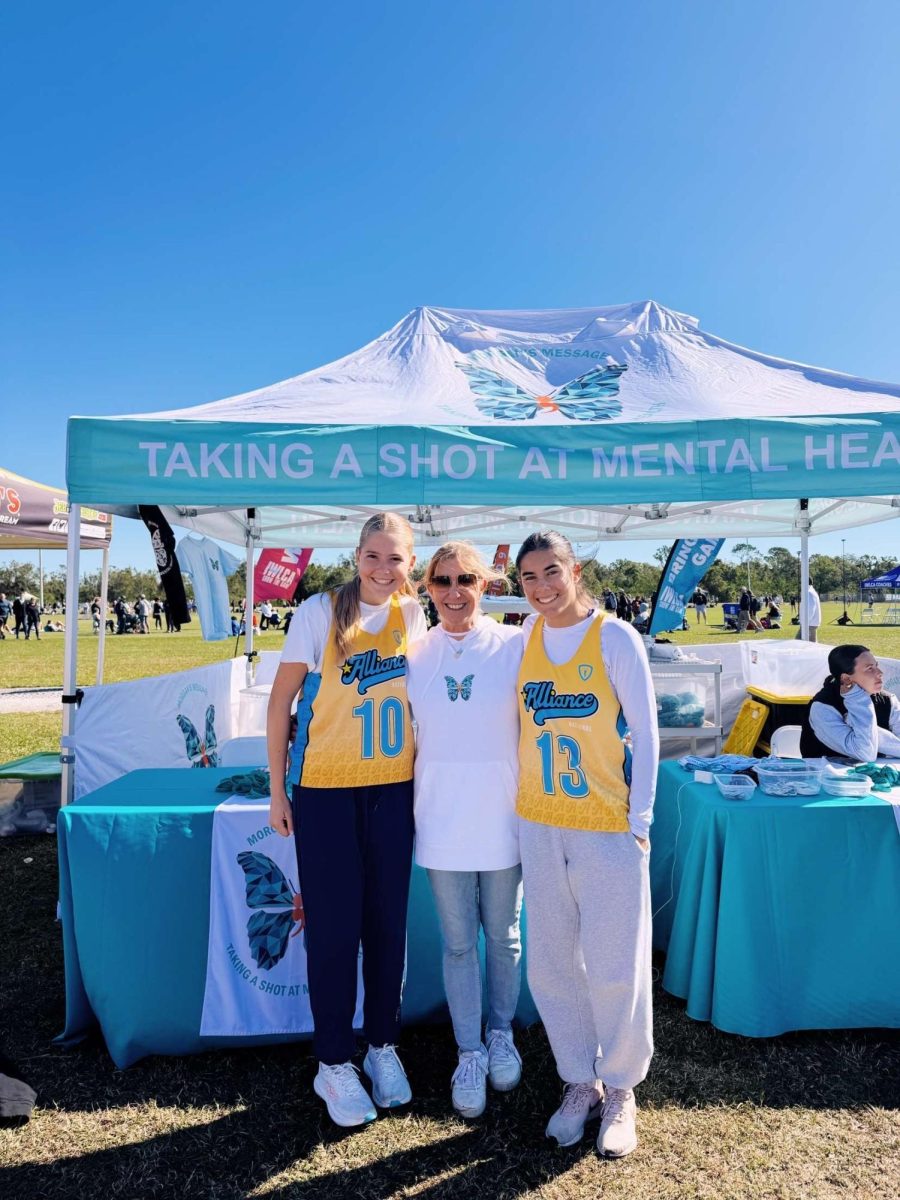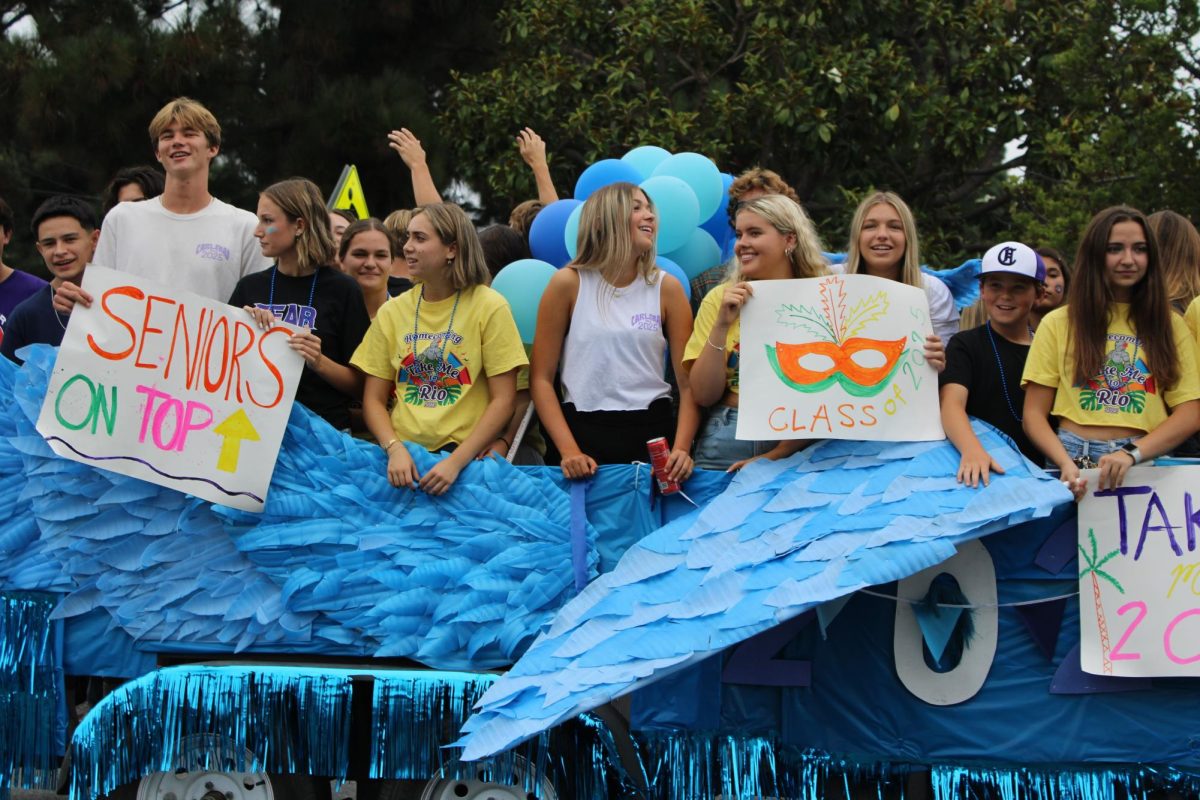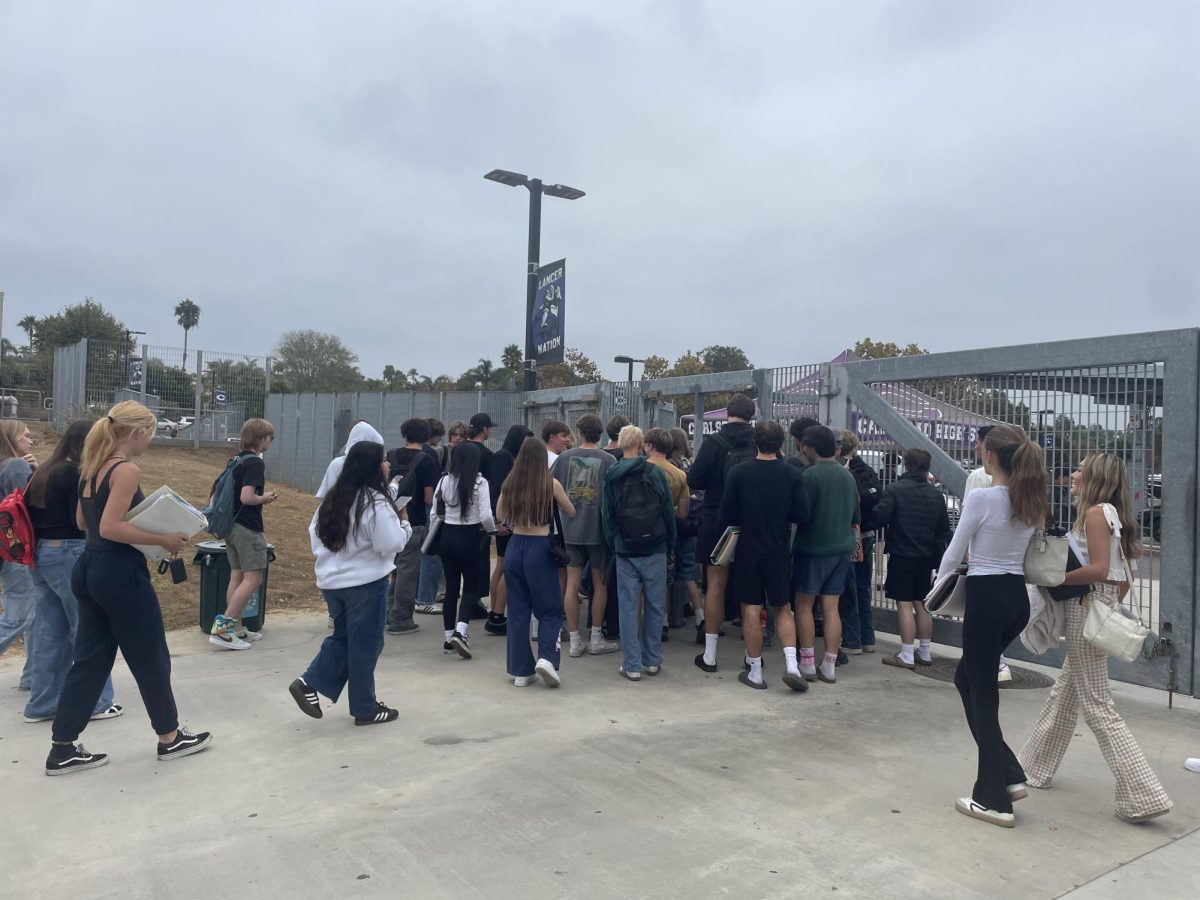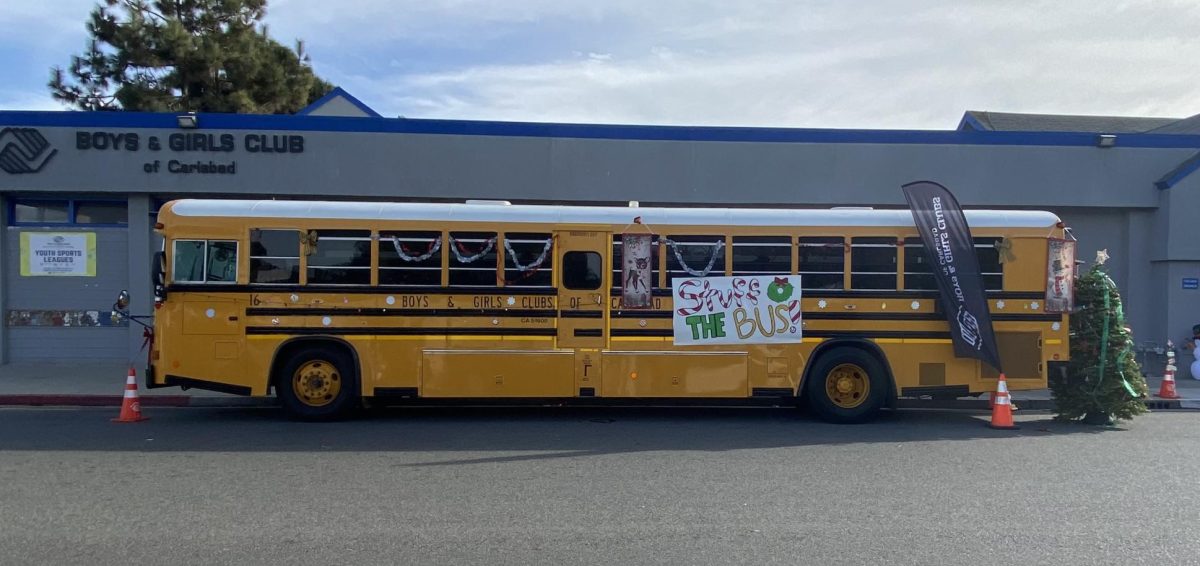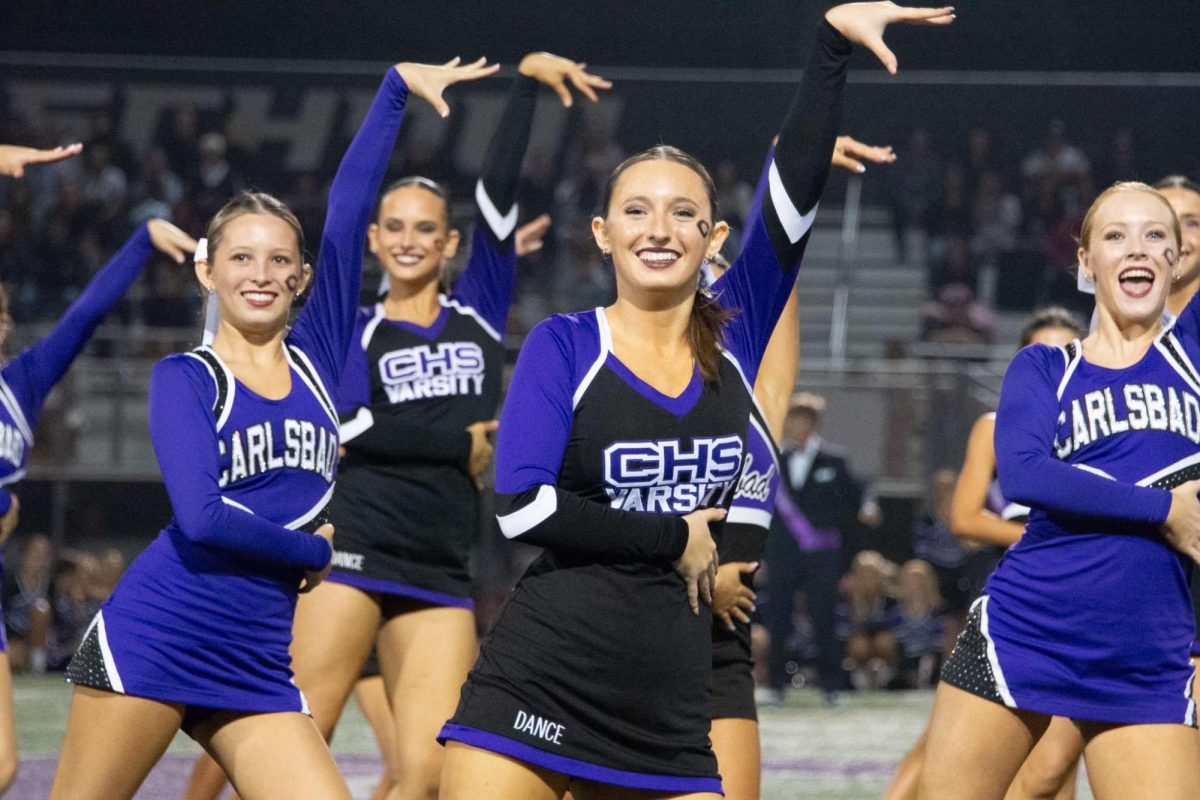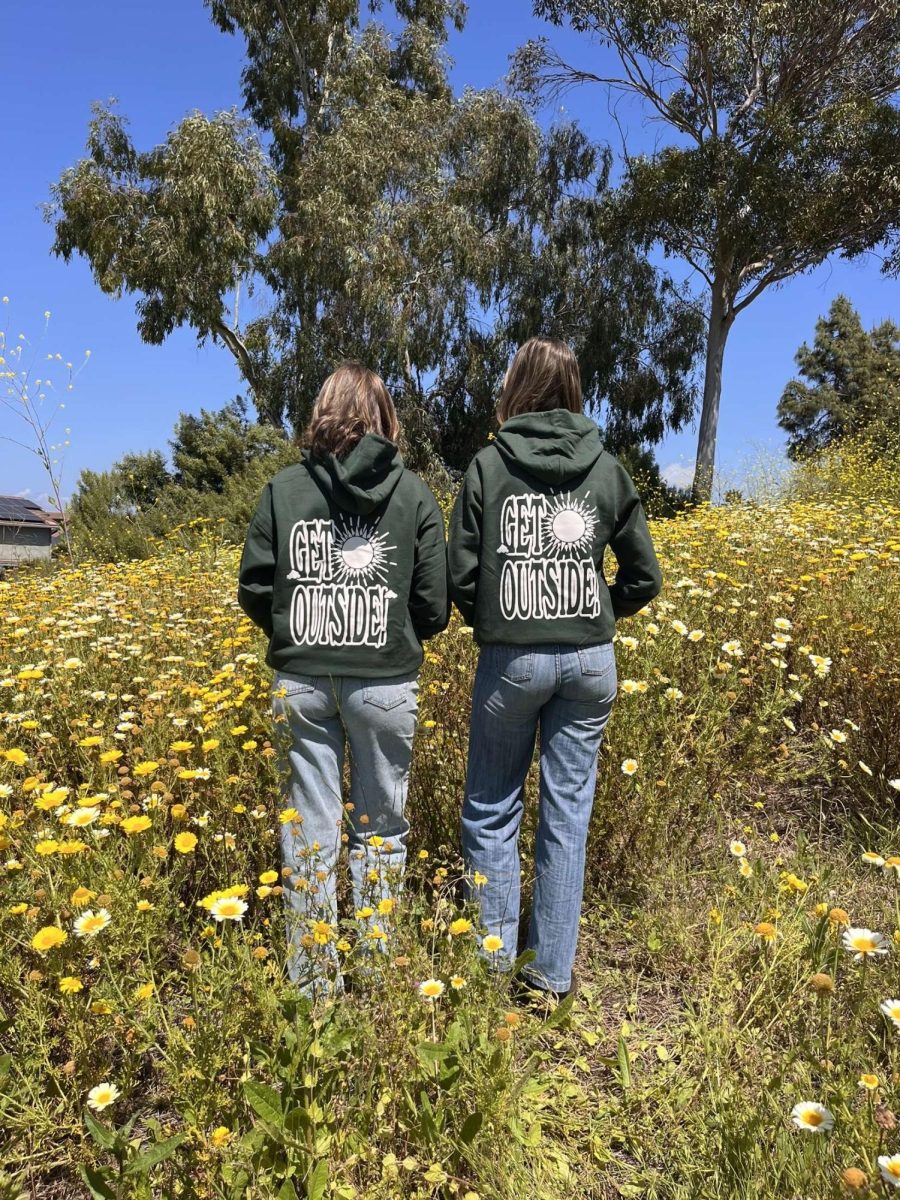Many CHS students depend on cafeteria food for nutrition and fuel to push them through the school day. However, while some students feel they receive plenty of food at lunch, many others feel that they are not getting enough to eat.
Freshman Adiah Levison receives the school lunch and brunch every day. Although she enjoys receiving the food, she believes there is an issue with the large amount of time the process takes.
“At brunch it usually takes 5 minutes to get food if my class is close enough, and at lunch it usually takes 10-15 minutes,” Levison said. “This shortens my time to walk around and chat with my friends.”
Levison believes that spending a large amount of time in the lunch line during a short break can impact her social and eating time. With Levison being on the girls’ freshman indoor volleyball team, she stays after school most days for practices or games and feels like she needs more food to get her through her day.
“I usually feel hungry and have to eat a snack before extracurriculars after school,” Levison said. “I have run out of time to eat before practice and have had no energy.”
Levison believes there are some issues with the quality and quantity of food she is receiving from the lunch line. She usually rushes to the quad to see what’s on the menu for the day, attempting to beat the line because she knows it will be long.
“Sometimes I feel like there’s not enough food and the quality is okay depending on the day,” Levison said. “I notice more people in line on the days the lunches are more simple, for example, pizza.”
Campus Supervisor Roger Casanova has seen the rush of students at the lunch line each day firsthand. Part of his duties during the day are making sure the line stays under control, which is something that can be challenging.
“Depending on the meal of the day the line length changes,” Casanova said. “But six out of ten times it’s the normal group of kids that want to eat lunch, and the other group trying to talk to their friends while they are trying to get their lunch which gets chaotic at times.”
When asked what efforts can be made to ensure that there is less traffic and students get their food quickly, Roger explained the possibilities. If students and staff work together as a unit, he believes that this issue can be solved.
“It all comes down to if the school had more personnel, and more windows open, that would kind of make a difference, but that’s something that’s probably out of our control,” Casanova said.
Sue Vyarno, the lead manager of the kitchen for nutrition services, describes her role with the CHS cafeteria. She plays a key role in making sure that everything goes smoothly before, after, and during lunchtime.
“I am responsible for practically everything that goes on in the kitchen,” Vyarno said. “We have all kinds of guidelines that we have to follow and then we get inspected by the health department, so anytime you get food from us here in the cafeteria, you know that it´s good quality and healthy and safe to eat.”
Vyarno explains she can´t see a future with paid school lunches again because these decisions have to be made in advance to ensure a smooth school year. Until the board discusses a change in current routine, Vyarno believes that the current system will remain the same.
“We have been free of paid lunches since the pandemic,” Vyarno said. “We had federal support back then, but now we don´t have federal support so the money is just coming from the state. But [Governor] Newsom has made it clear that we will be free from pay this year, and probably next year, so I can see this going on for the foreseeable future.”
With the help of the student body, lunch-goers and staff, the cafeteria is able to feed hundreds daily. To ensure that everyone is still getting lunch, some supervisors believe student efforts can ease this, such as staying in line and not taking more time than needed to get food.
“What’s inside the cafeteria is just as important as what comes out of it,” Vyarno said.



